If you’re new to the EV world, or even trying to decide if it's right for you, we’ve got some insight into what day-to-day ownership is like. An EV doesn’t just mean different technology, it brings with it different habits than those of a regular car. New Zealand's driving conditions vary, and there’s some useful things to know about EVs based on how you typically use a vehicle. So let’s dive into our guide to EV ownership.
Owning an electric vehicle in New Zealand
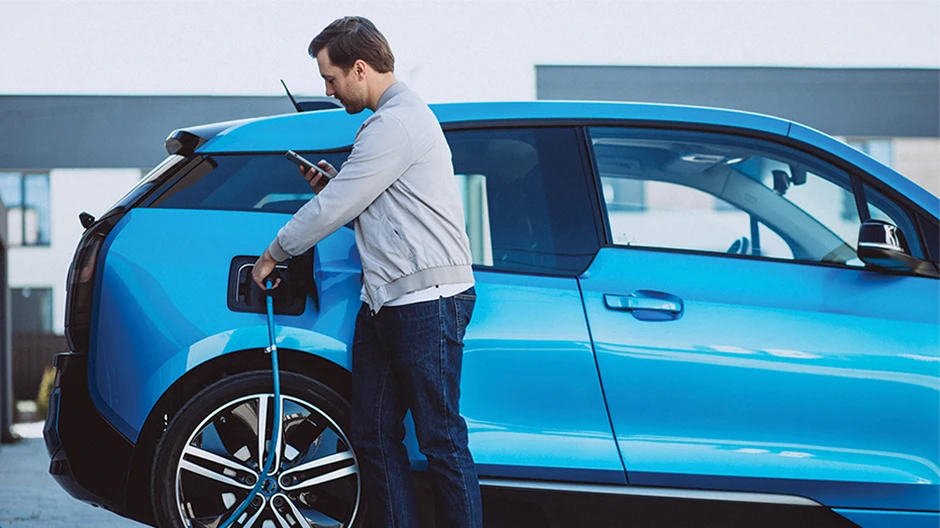
Day-to-day driving experience
Driving an electric vehicle, especially in suburban and city driving, is virtually hassle-free for most. The way an electric vehicle is powered means that there’s no gear shifting, noise or lag to accelerate. You simply press the pedal and power is delivered to the wheels instantly.
The braking system in EVs can often be just as impressive. Most EVs come with ‘regenerative braking’ where the energy created by slowing the vehicle down sends some charge back into the battery, extending the range. So, getting down those steep hills in places like Wellington or Dunedin will help you get up them later in the day!
Provided you leave the house on a full charge and are just travelling around your area or to and from work or school, you shouldn’t need to think about charging out and about much. Of course, if you’re doing a particularly busy day of jobs and driving you could find it useful to top up a bit while at a shopping centre or at a charging station.
Modern electric vehicles some with the latest technology in cabin conditioning meaning that you’ll stay cool or warm. Some vehicles can control and schedule A/C before you even get into the car.
Getting more from your battery
An EV’s battery life is one of the biggest concerns that any potential owner has. In a world where petrol stations are everywhere and EV infrastructure is still growing, the ‘range anxiety’ phenomenon is real. But by following some best practices, as well as a bit of trial and error with your own model of EV, you’ll find that battery management isn’t anything to get too charged up over.
Here’s how to help the battery go the extra distance:
- Follow the manufacturers charging recommendations, such as avoiding consistently charging to 100% each time.
- Try not to let the battery drain totally - this can degrade the battery’s lifespan.
- Slow charging is gentler on battery health, so those overnight slow charges are optimal. Fast chargers are great in a pinch but shouldn’t be your first option.
- Try not to put the battery (and car) in extreme temperatures. This isn’t such a major concern for most of New Zealand across the year, but there are moments where exceptionally cold or hot days can impact battery performance.
- Smooth, natural driving style – yes, EVs have incredible acceleration, but flooring it or other driving behaviours that put sudden high demand on the motor can drain the battery faster.
- Only tow or carry heavy loads when needed. Your EV will have to work harder to shift heavier weight, so make sure to empty out those bags of soil from the garden centre or take the bikes off the back when not in use. Your battery will thank you.
- Keep your tyres inflated to the right pressure. If they’re flat, the EV must work harder against resistance – this can drain the battery.
These are just a few ways EV owners can protect their battery life and performance. Don’t use the rated range as your absolute truth – it’s impacted by so many factors including those above!
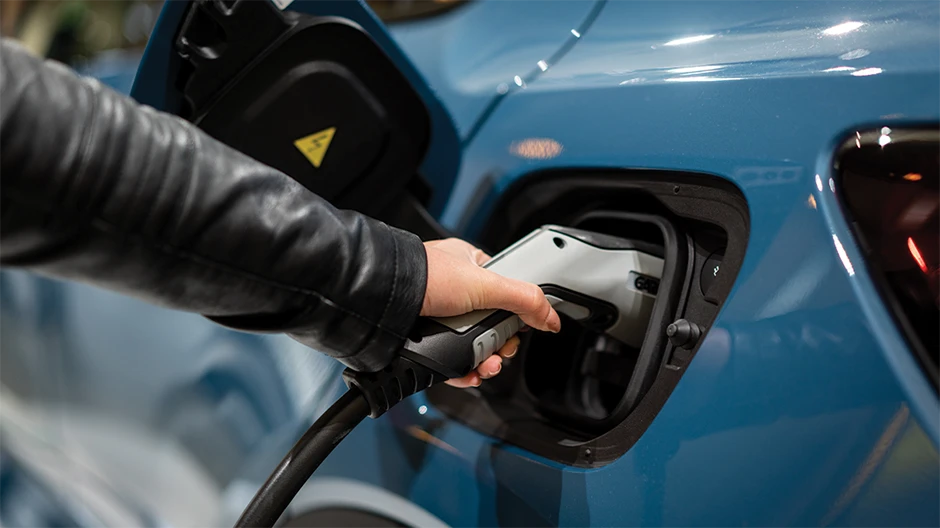
Keeping software updated
Software updates are something most of us associate with computers or smartphones, and even then, we probably don’t think much about them.
Electric vehicles require software for a range of functions, including battery management, motor control and charging functionality. When a manufacturer releases a software update for an EV, it can drastically improve the experience – and even prevent possible safety hazards.
Part of ownership of an EV therefore means software updates. However how frequent and what these updates are depends entirely on the car manufacturer and model. Luckily, the common method of installation is all done ‘over the air’ meaning the car will download and install these updates through Wifi or cellular networks.
Charging habits
As you familiarise yourself with your electric car, one of the things you’ll want to get a handle on is the optimal charging behaviours to get the best daily experience and battery lifespan. Like other lithium battery-powered devices, an EV’s battery can be worn out faster or slower based on how you treat it.
You may have used different speed chargers on your phone. The same goes for EVs. Different ‘levels’ of chargers refer to how powerful they are. The basic, standard electrical outlet charge (220-240v) will charge your EV slowly but put it under less stress than faster options. This is your typical, ‘overnight’ charging solution – you plug in at the end of the day and wake up in the morning to your car ready to go.
The next level of charging is a home-based dedicated EV charging unit that is faster than the plug-in-the-wall Level 1 option. These charging units are found publicly too, such as in tourist stops and shopping centres.
There’s a level beyond this – DC (direct current )charging instead of AC (alternating current). This is the fastest charging method and can get an EV topped to 80% in less than an hour. But this will wear your battery out faster as the more powerful current and heat generated makes for more intense chemical reactions. If you want to avoid degrading your EV too quickly, make DC fast charging an exception – not a rule.
Although charging costs are nothing like petrol or diesel, they’re worth considering too. The cost of charging slowly at home is usually cheaper than paid, public chargers, especially as most charging is done overnight – and that means off-peak for a good chunk of that time. You can find free EV charging stations around New Zealand, but often the fast chargers will come with a cost. The infrastructure is still developing, so expect costs and availability to change over time.
Here’s some charging habits to keep your battery in good shape for longer:
- Try not to constantly charge the EV to full. Topping out every time you charge can degrade the capacity of the battery faster. While many EVs have battery preserving features that help you avoid charging to max every time, you should always keep mindful of this. You might try 80% for weekday use, and 100% for any of those weekend roadies.
- Don’t let your battery run completely out – it’s also not advisable to run your EV flat. Not only can it leave you stranded, but deep discharge will impact the battery’s lifespan.
- Try not to fast charge all the time. Relying on the power of fast charging too much will see your battery degrade. Opt for slower, overnight home charging when possible.
- Make use of onboard charging features like charging limits, scheduled charge and speed of charge.
- Do some research on your specific EV and the best practices recommended by the manufacturer.
Keeping your EV maintained
Maintenance is typically simpler and cheaper than a petrol or diesel car as there’s fewer parts. But that doesn't mean they’re totally free from maintenance. The most expensive and important component on an EV is the battery – you can extend the life of this by following manufacturer guidelines. A general guideline is to not run the battery down to 0% or keep charged constantly at 100% - both approaches can degrade the battery over time.
Tyres can also play a part in how well your EV performs. Pressure and tread depth can help the vehicle move and reduce the strain on the battery that poor condition tyres will create.
If you encounter issues with your EV’s ability to charge, including insufficient flow of power, loose connection or otherwise, get it seen by a qualified mechanic experienced with EVs and your model. Issues with charging can leave you stranded and even present safety issues.
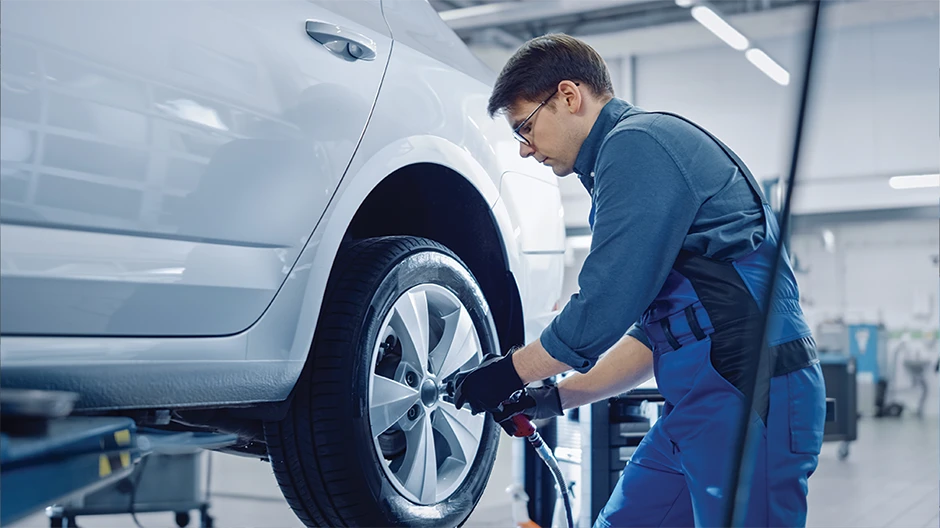
Work commutes – tips for EV owners
Electric vehicles are popular city commuter choices thanks to their smooth, quiet ride and efficiency in traffic jams compared with ICE vehicles. Here are some tips to get more from your work commute:
- Keep your car charging overnight so you have the range needed for the day’s commuting.
- Use your EV’s companion app to precondition the vehicle before you get in – this will get the cabin to a mild, comfy temperature before you get in. If you do this at home while the car’s still plugged in, it won’t even drain your battery for your commute.
- Map out the best route for your EV. If you’ve got options with the route you could take to work, consider opting for that which has fewer hills as you can preserve some range this way.
- Drive smoothly. Try to avoid hard acceleration or high speeds as these can drain the battery.
- Make use of any available ‘economy’ mode where the battery is put under less strain. Often a commute doesn’t demand the absolute best performance from the car.
- Take note of the chargers during your journey and near your workplace. You may even have access to EV charging at your workplace which is even better.
Weekend warrior EV owners
New Zealand’s EV charging infrastructure is growing constantly, and charging points can be found all over the place including malls, tourist attractions and campsites. So if you’re out and about most weekends, don’t be discouraged taking your EV out, too. Similarly, road trips in New Zealand shouldn’t be off the table with an electric vehicle. You might want to factor in a longer travel time though as charging (even fast-charge) takes longer than filling up with fuel. Also remember that adding more weight to your load will reduce your range between charges.
Already own an EV? Check out our plan
Meridian offers an EV plan designed for owners to charge at home.
All things EVs
Thinking of making the switch? We’ve got info on what they cost, why they’re great and heaps more to help you on your journey.
All articles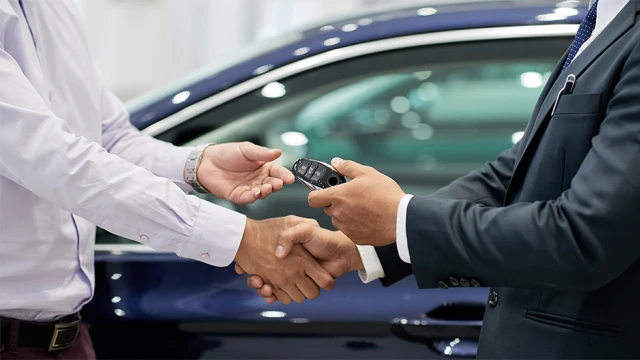
Things to look out for with a used EV
In this guide we cover the main parts of a used EV to check – whether that’s at a used car dealer or in a private sale...
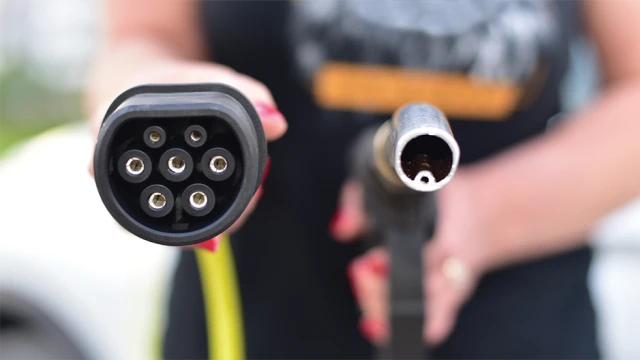
Electric Vehicles vs. Petrol or Diesel - Pros and Cons
Let’s talk about some common pros and cons that you might find with EV vs. ICE so you can make an informed decision on...
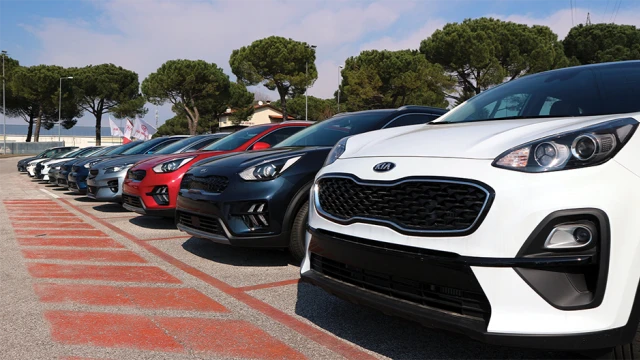
Comparing different EV options
In this guide, we provide some handy tips that you can refer to when comparing electric vehicles on your shortlist.
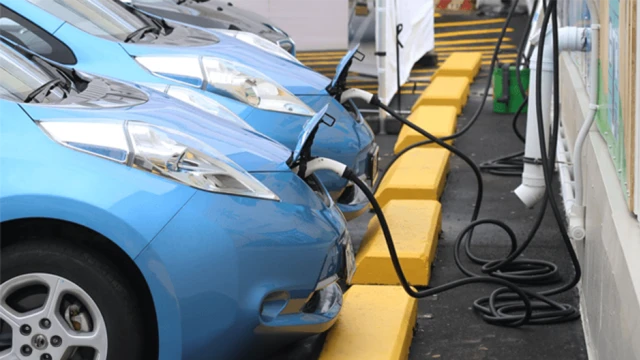
Useful information about EV charging at your business
Getting charging infrastructure for your business has many benefits. Here’s some important things to keep in mind.
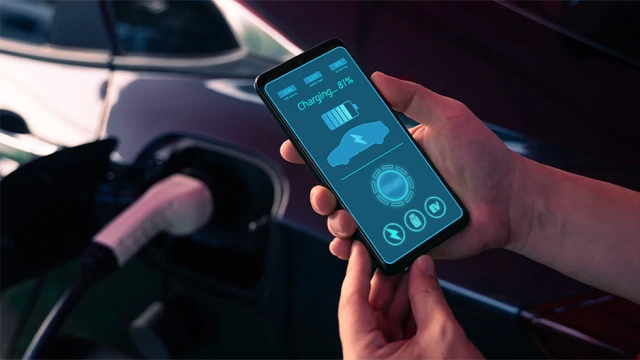
The guide to EV batteries
This guide will give you a head start when shopping around for an EV, or to simply understand your existing electric...

We’re levelling up the way we do transport
At Meridian, we’re committed to demonstrating our support of low emissions transport on the roads and in our waterways.
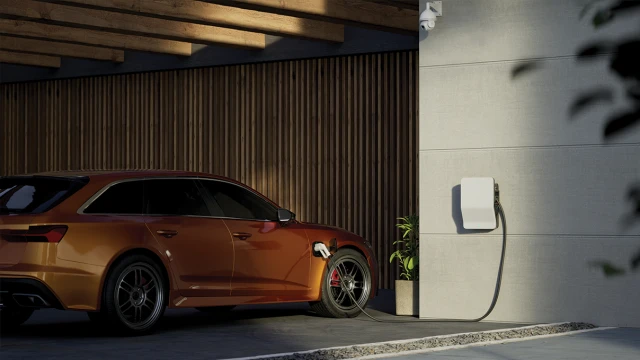
Are EVs worth it?
Many people are asking this question when shopping for a new vehicle. In this guide, we'll tackle whether you should...

Choosing an EV for a family
Any car purchase is a big deal, and it takes time to find the right model. Our guide below explores the family car...
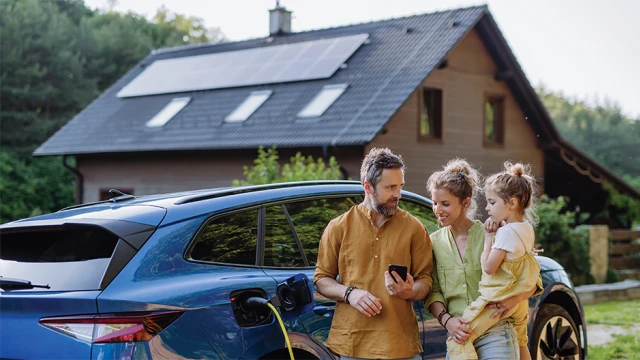
How to integrate home solar and an EV
In this guide, we’ll help you get started in your planning to have solar and EV in the home.
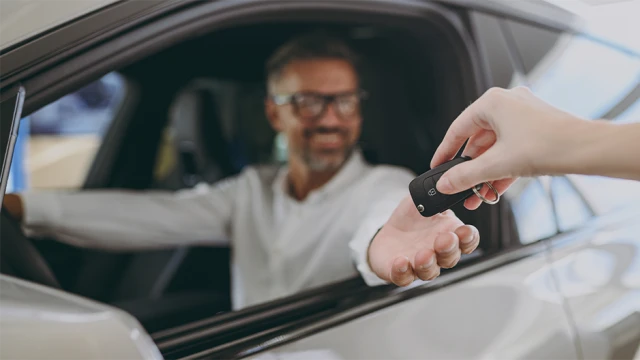
Top considerations when buying an EV
Buying an electric vehicle (EV), especially for the first time, is an exciting process. In this guide we explore the...
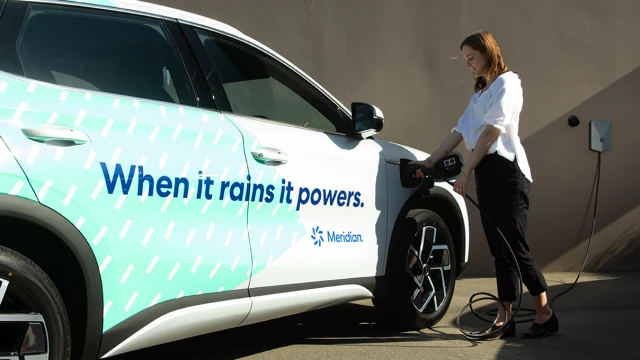
Considering an EV? The top three considerations for EV charging
When it comes to EV ownership, energy is often the last thing considered. Find out the top considerations for EV...
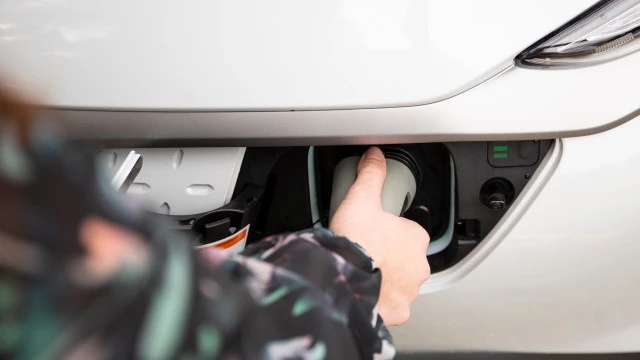
Charging EVs
Unlike petrol stations, chargers for your EV aren’t quite so common. Don't worry though, you’ve got options.
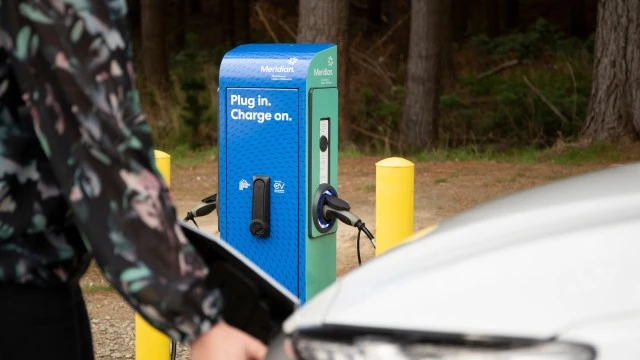
Plug vs pump – an electric car cost comparison
How much does it cost to buy an EV? And how much does it cost to charge?
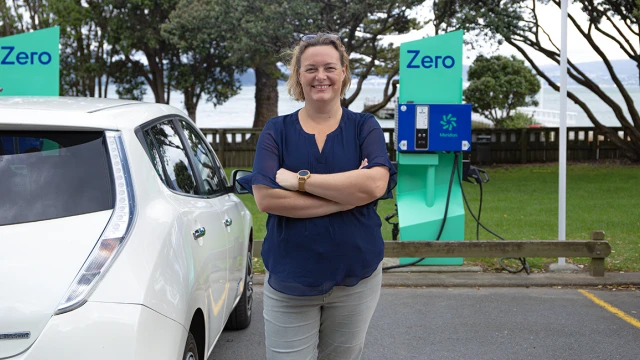
Is it worth buying a second-hand Nissan Leaf?
We chatted with Sophie about buying and owning a second-hand Nissan Leaf and how that’s working out for her family.
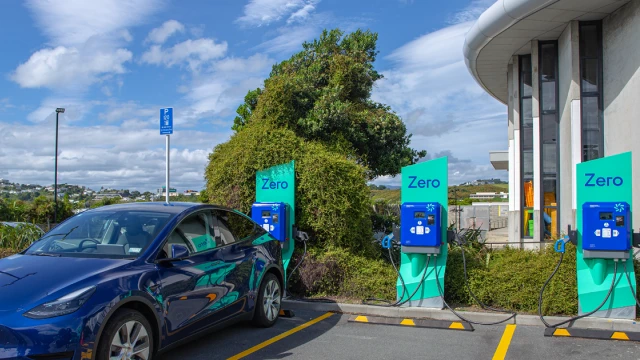
The top 5 unspoken rules of public EV charging
Don’t be that person… the one who bothers other drivers at public EV charging stations. Lucky for you, we’ve got the...